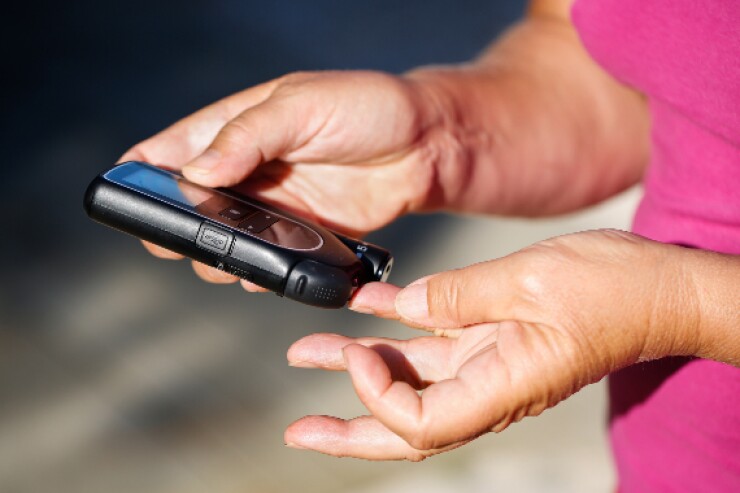Employers who embrace a digital approach to combating diabetes in the workplace can not only provide employees engaging opportunities to help manage the condition, but also take advantage of cost-saving measures.
A recent pilot program within a segment of employees at Mount Sinai Health System integrated
“Diabetes shows no signs of abating as a key concern for our employer members, despite investments in a wide range of targeted diabetes prevention and management strategies over the years, including biometric screenings, nutrition and exercise counseling, onsite clinics and incentives for diabetes medication adherence,” says Laurel Pickering, president and CEO of NEBGH.

Pickering says that the pilot program proves that investing in digital health is a “worthwhile addition” to those strategies — “as long as employers are willing to set clear objectives, carefully select a digital partner, be prepared for challenges and decide in advance what measures they will use to gauge success.”
Employers should know what measures they will use to determine digital health’s success, and how to evaluate those measures, NEBGH says. They might measure cost-related outcomes such as reductions in medical spend and decreases in diabetes-related emergency room and hospital admissions, or another option might be focusing on health outcomes such as reductions in A1C levels, weight and blood pressure.
While employers look ahead to strategize possible programs, benefit managers can look to some of the enrollment and engagement challenges Mount Saini encountered and how they tackled the problem head on.
Enrollment in this type of program was challenging for Mount Sinai, according to the report. Unlike a general wellness benefit that may be appropriate for any employee, getting a digital tool specifically into the hands of employees with diabetes requires targeted marketing and communications.
While employers can market to an entire employee population with hopes those diabetic employees will self-select, that general approach may not work; a percentage of employees who could benefit from the tool will likely not seek it out. One challenge employers have is finding a way to communicate programs and services effectively to the employees who stand to benefit the most.
And sustaining engagement in the program following enrollment also provided Mount Sinai with some new challenges in utilizing the diabetes technology.
Employers can encourage engagement by incentivizing regular and ongoing use of a digital health tool through value-based insurance design.
At Mount Sinai, employees categorized as “active participants” in the Livongo program over the course of a month received their diabetes drugs and insulin free of charge the following month.
“It’s too early for measurable results but we feel encouraged by what we’ve seen thus far with Mount Sinai’s use of Livongo,” adds Jeremy Nobel, executive director of NEBGH’s Solutions Center. “Based on observations, we would encourage other employers to consider whether implementing a digital health solution — for management of diabetes or other chronic illnesses — might benefit their employee populations.”
Going forward, the NEBGH report advises cultivating the right employer-digital partner relationship.
The first step is to ensure employers find a partner who is just as dedicated to successful diabetes management they are. “A good digital partner will let the employer take the lead on important decisions such as determining which outcomes should be measured, and will be flexible if an employer wants to capture additional data points over time,” according to the report.
Secondly, organizations should dedicate an internal champion for the program.
Whether this individual is within HR or just someone specifically working on diabetes-related wellness program, the only criteria is a deep commitment to making the program a success, NEBGH says. This champion will need to work in partnership with the digital vendor to create the best experience for employees, while securing the best data to measure outcomes.
“Enlisting employee champions can help with enrollment and continuing engagement,” Nobel says. “Health plans, pharmacy benefits managers and benefit consultants can also serve as important partners in identifying potential participants, crafting outreach communications, ensuring the appropriate use of shared data and encouraging provider collaboration.”





